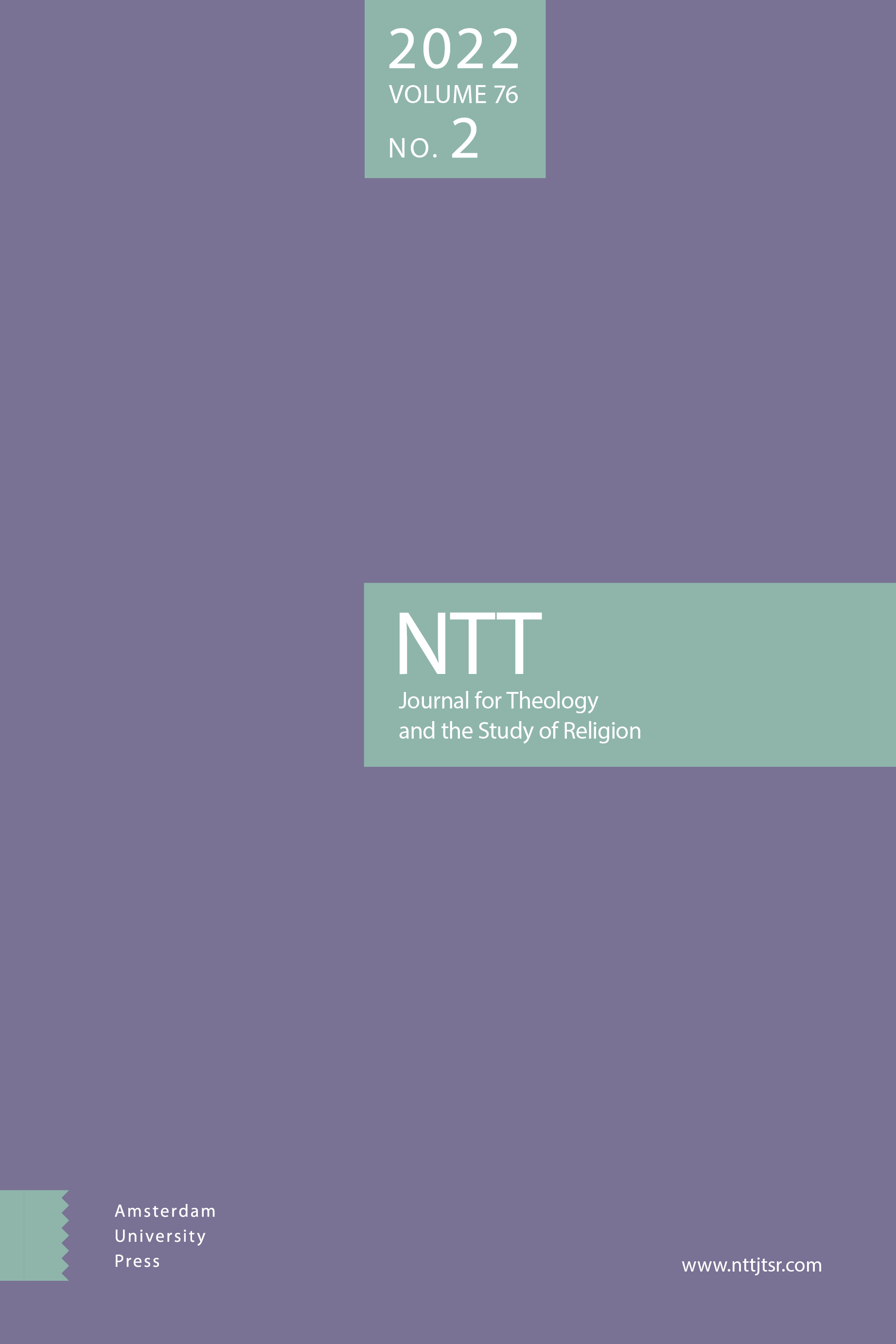-
oa Verdreven, vrijgelaten of gevlucht?
De overlevering van de exodus in nieuw historisch perspectief
1Afkortingen van tijdschriften en dergelijke volgen het systeem van W. Baumgartner, Hebräisches und Aramäisches Lexikon zum Alten Testament, Leiden 1967-1990 en Ch.F. Jean & J. Hoftijzer, Dictionaire des inscriptions sémitiques de l’ouest, Leiden 1965.
- Amsterdam University Press
- Source: NTT Journal for Theology and the Study of Religion, Volume 45, Issue 1, Jan 1991, p. 1 - 15
-
- 01 Jan 1991
- Previous Article
- Table of Contents
- Next Article
Abstract
The stela of Sethnakht from Elephantine (ca. 1185 BC) sheds new light on the obscure period of transition between the 19th and 20th dynasty in Egypt. Together with the great Papyrus Harris, the stela is used as evidence to reconstruct the historical background of the exodus of Israel from Egypt. Some scholars identify Chancellor Beya, a man of Asiatic origin, with the Syrian usurpator of the Papyrus Harris and even with Moses, because of his command to despoil the Egyptians (Ex. 11:2-3; 12:35-36). This study is an essay to show with the help of a tradition-historical analysis of the context of this particular passage that this motive of despoiling was absent in the oldest written tradition of the exodus. From a historical point of view the identification of Beya with Moses is for the time being very improbable.


